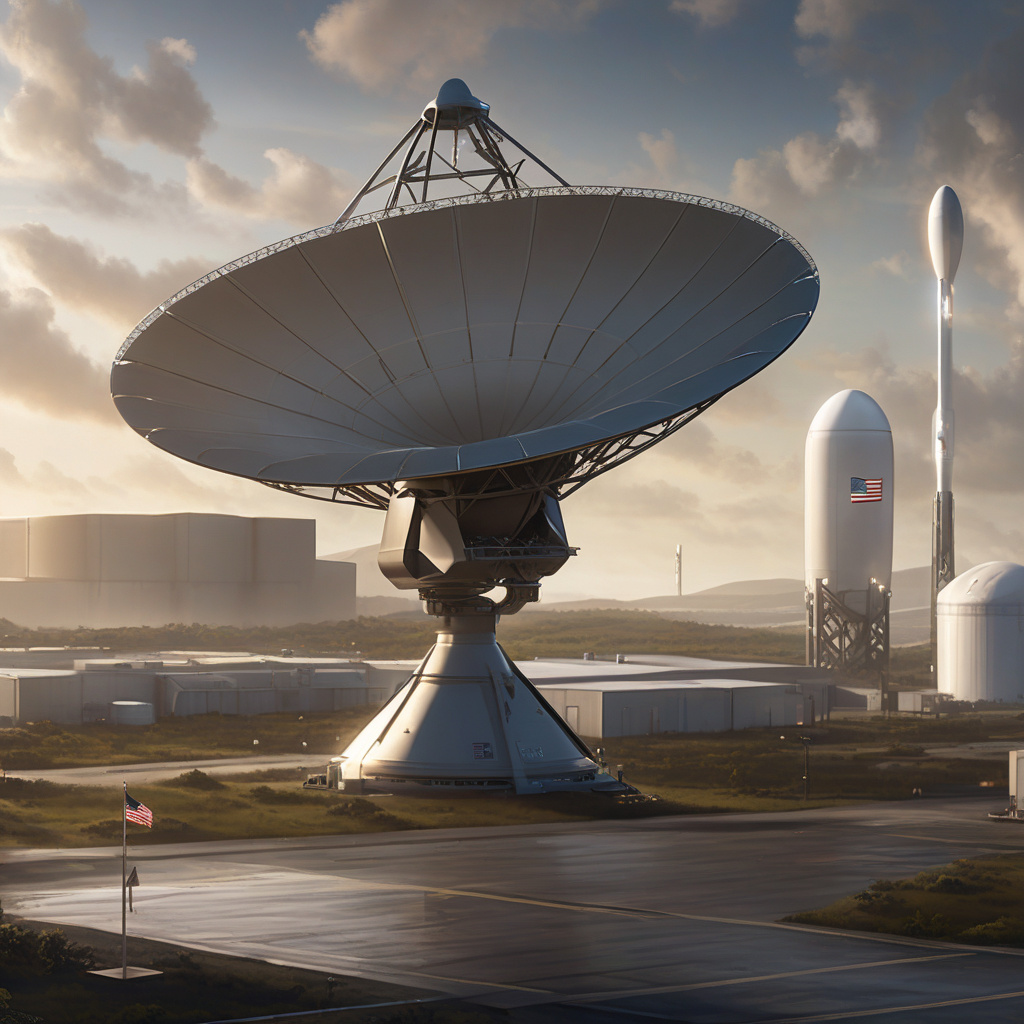SpaceX’s Starlink Rides the Waves of Global Trade Turbulence
In the ever-evolving landscape of global trade, even space technology isn’t immune to the ripple effects of political decisions. Recently, leaked memos from the State Department obtained by the Washington Post have shed light on a fascinating development: SpaceX’s satellite internet service, Starlink, appears to be reaping unexpected benefits from the tariff trade war ignited during the Trump era.
The memos reveal a strategic maneuver by the U.S. government to promote the adoption of Starlink in various countries. This push is not merely about expanding technological frontiers but is intricately linked to trade negotiations and tariff discussions between these countries and the United States. It seems that some nations view embracing Starlink as a potential bargaining chip that could facilitate smoother trade interactions with the U.S.
Imagine the implications of this revelation. A technological innovation designed to bridge connectivity gaps and revolutionize internet access is now entangled in the complex web of international trade dynamics. Countries are not just evaluating Starlink based on its technical merits but also considering its diplomatic and economic significance. This confluence of technology and trade underscores the interconnected nature of our modern world.
For SpaceX, this unexpected turn of events presents both opportunities and challenges. On one hand, the endorsement of Starlink by the U.S. government can open doors to new markets and collaborations, providing a significant boost to the company’s expansion efforts. The implicit backing from a major player in global affairs adds a layer of credibility and trust that could accelerate Starlink’s adoption worldwide.
On the other hand, being embroiled in geopolitical maneuvering brings its own set of complexities. SpaceX must navigate carefully to ensure that its technological advancements are not overshadowed by political agendas. Striking a delicate balance between innovation and diplomacy is crucial to safeguarding the integrity and autonomy of Starlink as a pioneering force in the satellite internet domain.
As IT and development professionals, observing this intersection of technology and geopolitics offers valuable insights into the multifaceted nature of our industry. It highlights the importance of staying informed about global events and understanding how external factors can influence the trajectory of technological innovations. In a world where boundaries between sectors blur constantly, being aware of these interconnections is essential for navigating the complexities of the digital landscape.
In conclusion, the leaked memos unveiling the symbiotic relationship between SpaceX’s Starlink and the tariff trade war underscore the intricate dance between technology and geopolitics. This revelation serves as a reminder that in today’s interconnected world, even the most cutting-edge innovations are not immune to the currents of international relations. As we witness this unfolding saga, let us reflect on the profound implications it holds for the future of technology, trade, and diplomacy.

